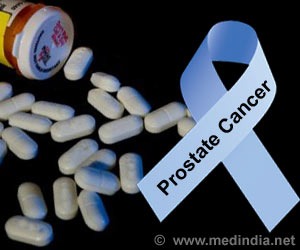A new study has revealed that if people under the 35 years of age use solariums, it raises their risk of developing the deadliest form of melanoma skin cancer by 98pct.
Visiting the solarium may be an easy way to get a tan, but it certainly isn’t a good idea as a new study has revealed that if people under the 35 years of age use solariums, it raises their risk of developing the deadliest form of melanoma skin cancer by 98pct.
The Australian Radiation Protection and Nuclear Safety Agency study also found that using a solarium just once may result in a 22pct increase in an individual's chance of developing a melanoma - the rarest but deadliest form of skin cancer.According to the Louisa Gordon, scientist Queensland Institute of Medical Research (QIMR), who collated the findings of 21 studies in the research project, the results were a major factor concern owing to the rapid growth of the solarium industry.
She said that Australians were diagnosed with more than 9500 melanomas each year, ending in more than 1100 deaths. And according to QIMR estimates, about 12 to 62 of those cases each year were directly attributable to indoor tanning devices.
"We believe approximately 1000 melanomas and up to 12,000 squamous cell carcinomas (a less severe but sometimes fatal skin cancer) could be avoided in the next generation of young Australians if the Government instigated more stringent industry regulations," News.com.au quoted Dr Gordon, as saying.
She advised that current voluntary standards which prohibited people under 18 and people with fair skin from using sun beds should be legally enforced.
"Solariums emit stronger UVB rays, stronger than the outdoor sun ... it's very dangerous, it's very high levels of radiation that we shouldn't be exposed to. I don't think there should be (a solarium industry) but we shouldn't have a cigarette industry either," she said.
Advertisement
Tracey Eather's daughter Amanda died late last year after combating the disease for two years, and left her husband and two-year-old son behind.
Advertisement
LIN/M







